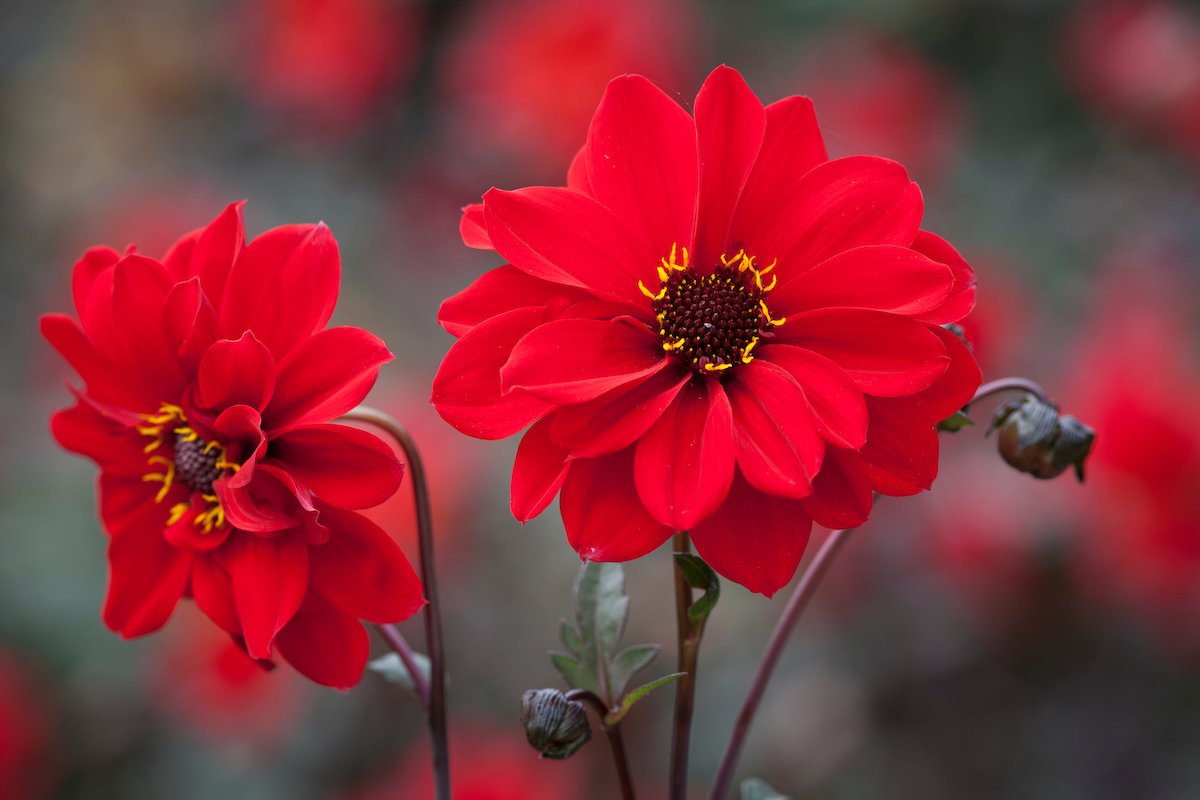Are all my beautiful plants gone just because summer is over? Can I save them for next year? How do I? The questions are many and answers to some of them can be found here.
Prepare the plants for winter rest well in advance. Remove the nutrients in September, then they stop growing, they mature and do much better. Many of our one-year-olds are perennials in nature and overwinter, if the conditions are favorable – it is the cold they cannot stand. Lift the plants into a frost-free room or insulate them on site – depending on your options. Instead of throwing them away, you can try – you do not have much to lose but everything to gain.
Read more: https://modernliving101.com/best-grow-tent-setup/
Perennials
- Most people need a bright room, one with a window or plant lighting. The cooler it is in the room the better, but not below + 5-10 °.
- Frost-free, glazed balconies and conservatories are ideal winter rooms.
- Light and temperature are related. At room temperature, substantial extra lighting is required – winter daylight is not enough.
- Gather your large pots, put them tightly together and hang one or more fluorescent lamps or low-energy lamps over them. Avoid ordinary light bulbs. The lights should be off at night.
- Now the plants rest in winter and you water carefully and sparingly and never on moist soil. No nutrition in the water.
- Some plants may be drier than others, but no one should dry out.
- Some leaves fall off the plants. Sweep them up and keep them clean so that they do not attract vermin.
- When you prune the plants in the spring, new shoots and leaves emerge and the plants turn green again.
- Take cuttings from the plants and overwinter them in a pot – it takes up less space.
To Overwinter In The Dark
The small window in the playhouse, storage room or garage lets in so little light that the plants closest to it absorb everything. Count such spaces as dark. But if they are frost-free, they are still worth their weight in gold! Here you set your pot-grown fuchsia, angel trumpet and daisy. Here you store your roses, clematis, dwarf lilac and snake hazel, which all shed their leaves and do not need light. Here you can also store your herbs, which do not tolerate frost and which will return next year. Rosemary, thyme, tarragon and lemon balm are examples of such.
Your bulbs and tubers can also spend the winter here – and you do not give them a single drop of water.
If you want to store them in their pot, you need to make sure that the soil is dry before you take it in. Stop watering well in advance – make sure the rain does not wet the soil.
In Your Modern Orangery
On your glazed balcony or your conservatory, where it is bright and where you can keep frost-free and up to 8-10 degrees, there are opportunities! Here you can set up pot-grown, delicate conifers, bamboo, herbs and Mediterranean plants such as olives, lager, myrtle, citrus, camellia, boxwood.
In A Cold Greenhouse
Here you can overwinter many potted plants. You bury them in the ground, which you can cover with dry leaves. You can place the pots on the ground but insulate them well with leaves, fabric or bubble wrap. Here you can have your herbs, potted perennials that you let wither and plants that shed their leaves.

Climbing Plants, Shrubs and Trees in a Large Pot
It is becoming increasingly popular to have garden plants in a large pot on the balcony and terrace. Here they can remain all year round, provided that the pot is really large and frost-resistant. Out here, you should insulate the pot and maybe even the plant – especially if the place is windy. Water so that the whole lump becomes moist. Then wrap the whole pot in, for example, bubble wrap, sackcloth or other material. Or place the whole pot in a large box, which you then fill with insulating material. The insulation should not get wet and the soil should not get wet from rain. You may also need to insulate the plant. Wrap it in fibrous fabric, felt, artificial grass, newspapers or other insulating material. Preferably not in plastic, where it can become so dense that the plant dies. This is how you fix it with, for example, a net, which is easy to handle and which keeps everything in place.
Do not remove all insulation too early in the spring. The spring sun speeds up the plant and the night frost can then be hard on the young.
Do Not Bother About It
If you use common sense, you can easily overwinter many plants. It’s not as difficult as it may seem. Insulate from cold floors, protect against wind and cold with airy, well-anchored insulation, water very carefully those you have taken in and above all remember that light and temperature are related. An investment in a plant lighting can therefore pay off! And one more thing – the colder the plants are, the less water they consume. That’s all!



















